Wheat disease surveys were conducted May 13-15 in the south-central, southwest and southern Panhandle of Nebraska. Growth stage ranged from boot in the southern Panhandle to heads fully emerged in the southwest.
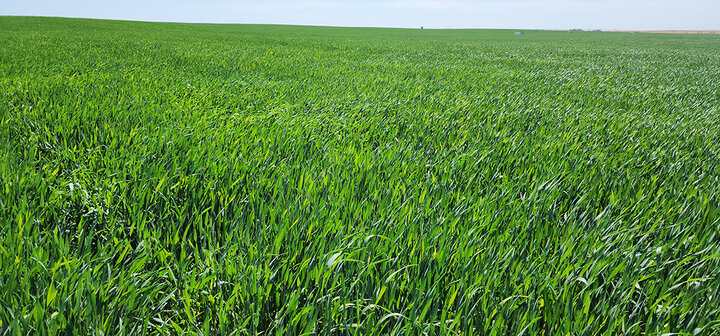
The wheat streak mosaic virus (WSMV) disease complex was the most commonly found at varying levels, from trace to high (Figures 1-4). Some fields that had a luxuriant green canopy (Figure 1) had low to moderate levels of the WSMV disease complex.
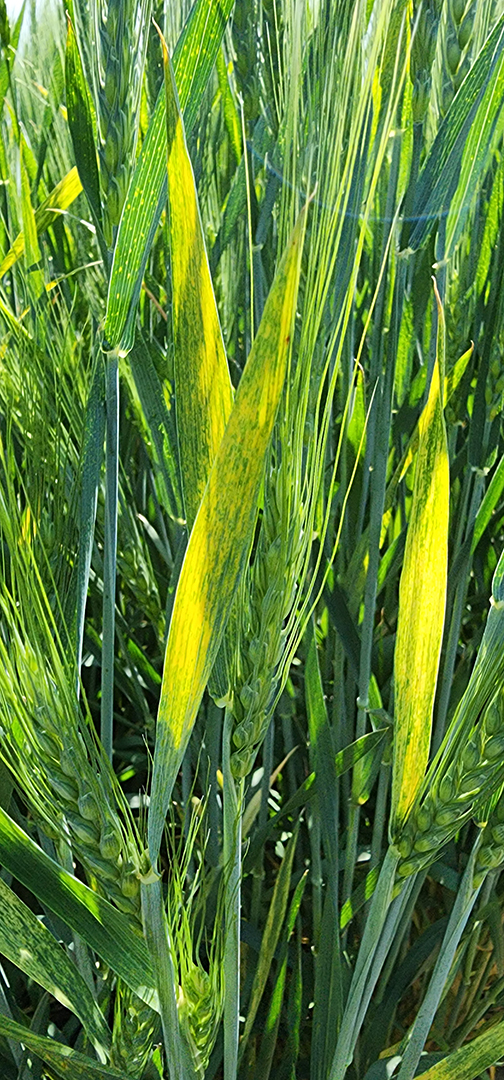

Fungal diseases observed at low levels were tan spot (Figure 5) and Septoria tritici blotch (Figure 6). Rust diseases and bacterial streak were not found.
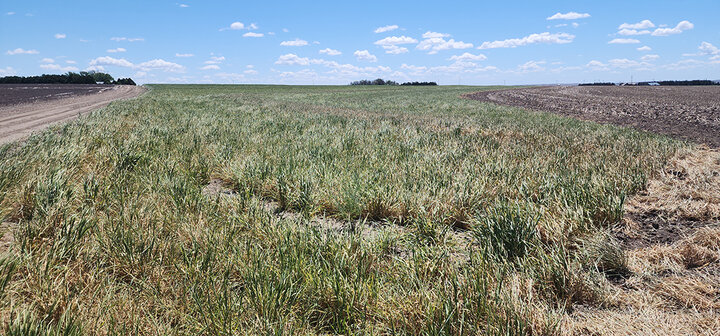
Except for the irrigated field shown in Figure 1, the majority of fields showed some level of drought stress, from moderate to severe (Figure 7). Much-needed rainfall brought some relief from drought in the Panhandle and parts of southwest Nebraska on Wednesday evening (May 14).
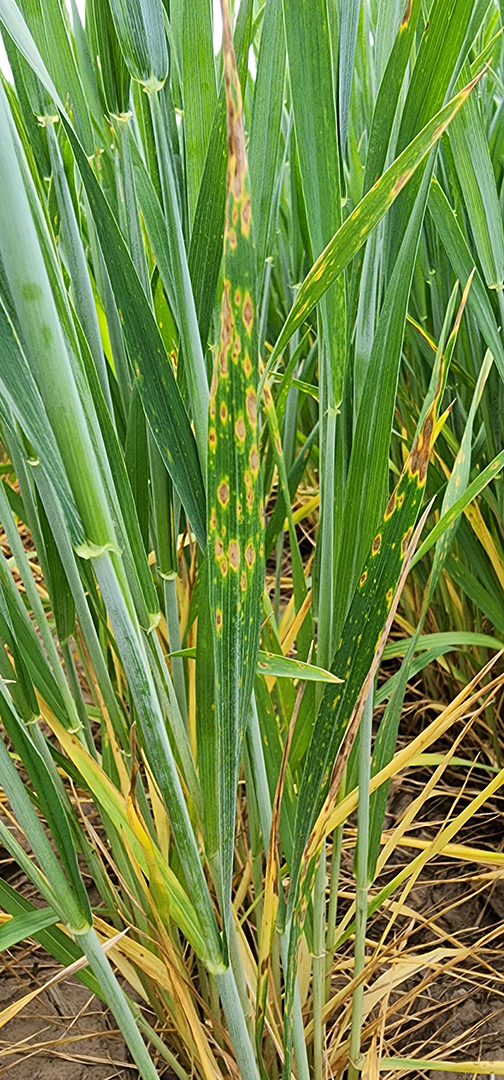
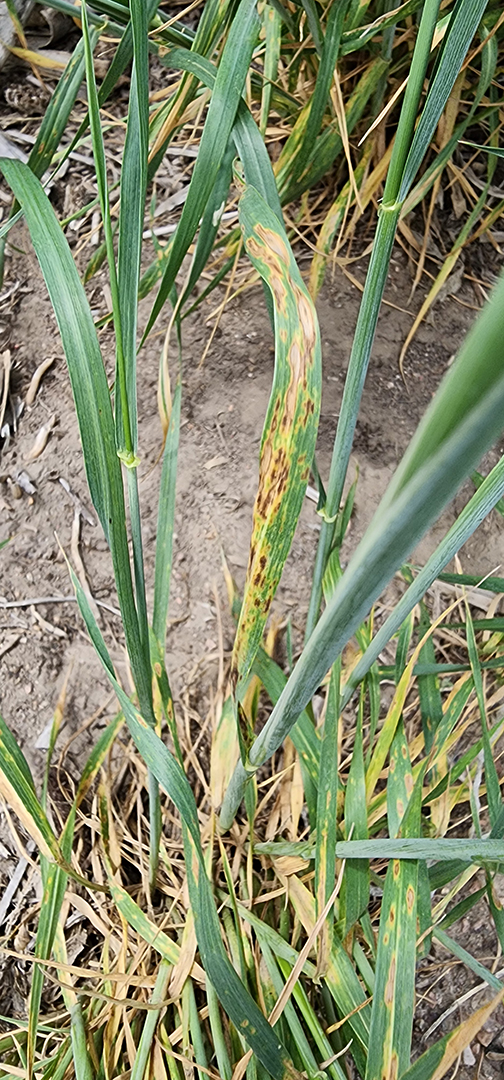
Management
The highest risk for the WSMV disease complex is volunteer wheat that emerges following pre-harvest hailstorms. If widespread pre-harvest hailstorms occur and result in volunteer wheat that is not controlled before planting in the fall, coupled with prolonged mild to warm temperatures in the fall, we can expect epidemics of the WSMV disease complex in the following year’s wheat crop.
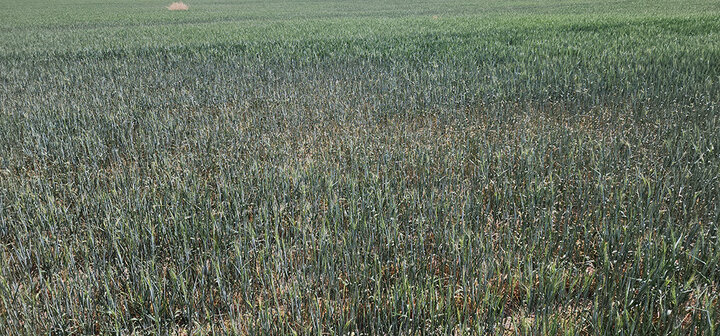
Management of the WSMV disease complex is achieved by controlling volunteer wheat before planting in the fall. The volunteer must be completely dead at least two weeks before planting. Additional management strategies include avoiding early planting of wheat, planting resistant varieties, and avoiding planting wheat next to late maturing crops that are hosts to the viruses and their wheat curl mite vector, such as corn and millet.
Details on the biology, epidemiology and management of the WSMV disease complex can be found in these Nebraska Extension publications:
- Mite-Transmitted Virus Disease Complex of Wheat in the Great Plains of the United States (EC3063-2023)
- Managing Wheat Streak Mosaic (EC1871-2008)
The risk for stripe rust and leaf rust appears to be low this year and levels of fungal leaf spots (tan spot and Septoria) are low due to the dry weather. These diseases are managed by planting resistant varieties and applying a fungicide to protect the flag leaf. Based on this week’s disease surveys, it may not be necessary to apply a fungicide to control these diseases in dryland wheat fields.
The Fusarium risk tool is currently showing a low risk for Fusarium head blight (FHB) in Nebraska. To date, FHB has not been observed or reported in Nebraska. The disease is managed by integrating variety resistance with fungicide application at early flowering.
Wheat Disease Survey
As winter wheat continues to develop, Nebraska Extension is monitoring for rust diseases. You can help extension track the spread of stripe and leaf rust across the state — please contribute to the 2025 rust tracking map by taking a brief survey.

